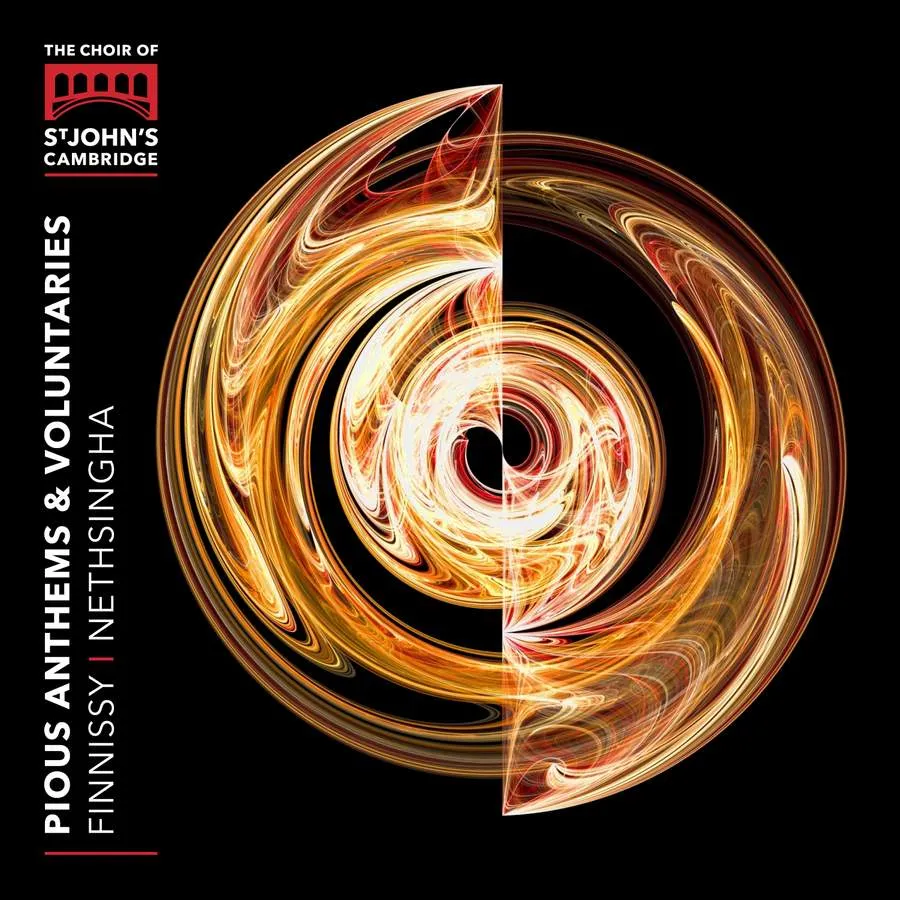
Michael Finnissy Dum tranisset Sabbatum; Videte miraculum; Commentary on 'Wie schon leuchtet der Morgenstern'; Herr Christ der einge Gottesohm; Commentary on BWV 562; Plebs angelica The Choir of St John's College, Cambridge/Andrew Nethsingha Signum Classics SIGCD624 83:56 mins (2 discs)
Reading Michael Finnissy’s thought-provoking reflections on the backstory to this ambitious cycle (not to mention Andrew Nethsingha’s detailed liner notes), you’d be forgiven for expecting something formidably cerebral. Taverner, Tallis, JS Bach and Tippett provide models and inspiration for vocal works which are complemented by elaborate instrumental commentaries, the whole underpinned by a complex theology, and referencing anything from artist David Hockney to Boulez’s Le marteau sans maître. Completed over the course of a three-year residency and designed to celebrate the 150th anniversary of St John’s College Chapel, Pious Anthems and Voluntaries aspires, in Finnissy’s words, to be a work ‘with guts and brains’. It embodies both in spades. And however ‘brainy’, the sequence maintains a powerfully visceral communicative grip.
Nethsingha and his forces do it proud. Indeed one of their greatest achievements is to make the music sound as ‘lived-in’ as more customary chapel fare such as Byrd or Howells. The warmth of sound never obscures the clarity of Finnissy’s contrapuntal thinking, yet the billowing wonderment of ‘Videte miraculum’ hangs beguilingly in the air, while the deliquescent opening of ‘Plebs angelica’ links arms with aspects of the cycle’s point of departure: the motet ‘Dum transisset Sabbatum’. Bach lures Finnissy into flights of perky playfulness, and the addition of flute and violin adds to the allure. The lion’s share of the instrumental elaborations, however, falls to organist Glen Dempsey who tempers the compositional rigour with a potent fluidity. He’s joined in the two-organs ‘Plebs angelica alternativo’ by James Anderson-Besant, bringing the cycle to a shattering, apocalyptic close.
Paul Riley